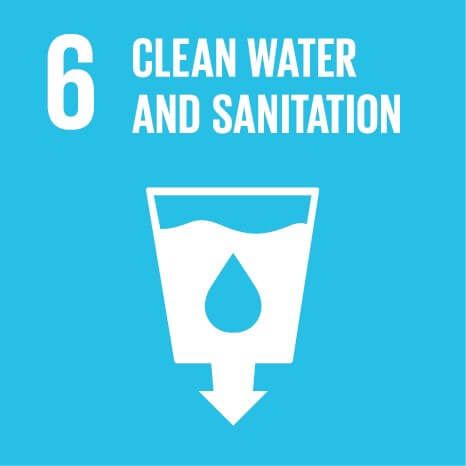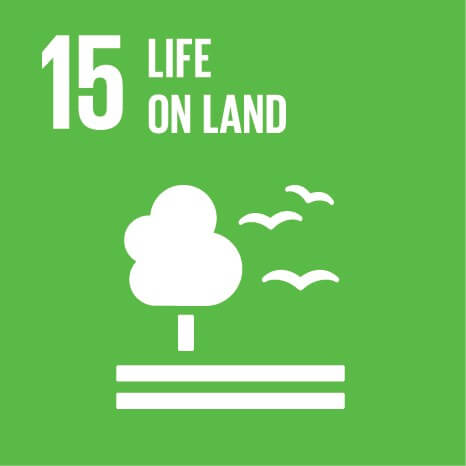Area of land deforested by the organization during the reporting period.
IRIS Metrics Work Better in Sets
To use IRIS metrics—and the resulting data—to understand impact performance, IRIS metrics should be used and analyzed in generally accepted sets and according to well-defined objectives. IRIS+ gives you access to generally accepted Core Metrics Sets aligned to common Impact Themes and Sustainable Development Goals (SDGs).

